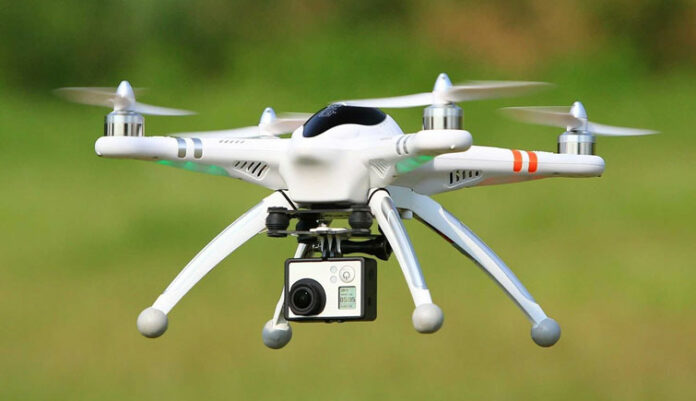Conservation of farmland has become challenging in this fast-moving world. Birds rest their nest on the ground are always notably suspectable to the uncovered mechanical operations like ploughing and sowing, which obviously takes place in spring and bring more chances to destroy the nest.
The artificial intelligence and drone have made a promise in conservation of farmland birds nest. The view of the ground nest by direct human sight is a difficult task. This led to the introduction of the drone. This will provoke a way to diagnose the bird’s nest detection within the drone brone sensors, which is developed to save the nest.
The drone with thermal digicam is made to flew over the agricultural field to report photograph and has been fed to the artificial intelligence to precisely figuring out the nest, considered as the primary step to assist their safety. Researchers examined the system in Southern Finland close to College of Helsinki’s Lammi Organic Station, utilizing wild nests with eggs of the Lapwing Vanellus Vanellus.
The main objective of this process is to help the grassland birds from the issues that they face. The breeds of grassland birds will have different requirements
- Some breed of birds requires short swards for nesting or feeding, while others prefer tall cover.
- Grassland management should aim to increase invertebrates and seeds wherever possible.
Farmland birds show the quality of the farmed environments and this will be used for well-monitoring. But the situation is getting worse by the rapid decrease in the population of the farmland bird. The main reason for the population decline is due to the nesting habitat and loss of foraging.
Nowadays drone has been grown with a massive advantage in protecting the ground nest
It is very useful to find out the illness in the crop in the agricultural area using borne and different sensors. The improvement in this drone made a very big change in the new method of crop-manufacturing and this drone knows how to observe crops and maximize the production in the field efficiently.
There should be a lot of research made by the conservation community across many disciplines such that it will be effective for many species. The research should be carried along with the drone because this technology has already got a rapid growth in the conservation process. The main aim of the process is, one day the system will be fully integrated into agricultural practices, save the nest from the mechanical destruction ensure the automated work of the food department.

